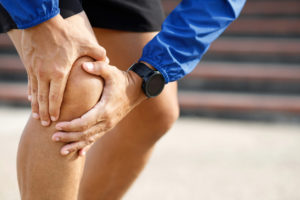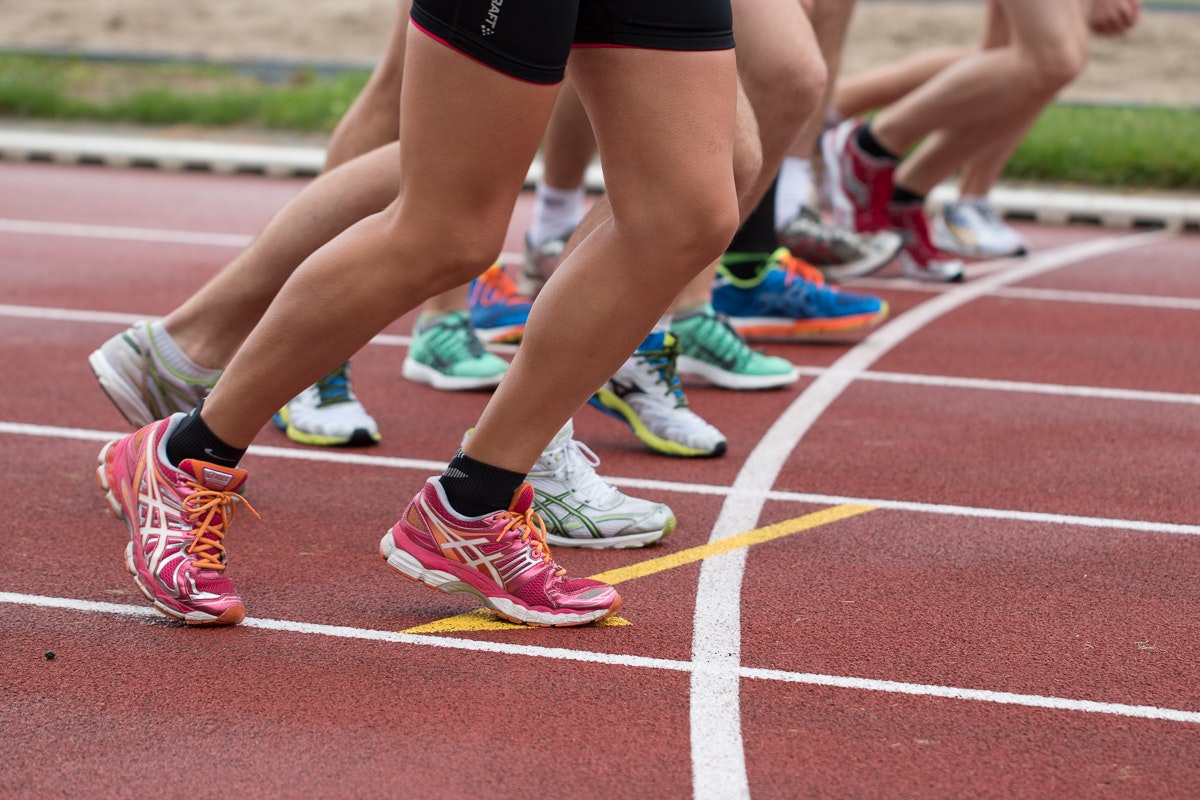Runners Knee

Background
Patellofemoral pain syndrome (PFPS), or “Runners Knee”, is a common injury observed by physiotherapists and its often associated with distance running. It is an “umbrella” term to describe pain arising from the patellofemoral joint, or surrounding soft tissues.
Typically, pain is exacerbated by activities that increase knee joint loading, such as running, squatting and walking up or down stairs. The condition affects a wide range of ages, from early adolescence, and may increase the risk of developing patellofemoral osteoarthritis.
Causes of PFPS
The causes of PFPS are often multifactorial and can be difficult to identify. Symptoms are likely to be initiated by increased or unaccustomed training or exercise.
Common causes:
- Excessive or varied loading
- Rapid increases of physical activity
- Change in footwear
- Change of training surfaces e.g. grass vs concrete
Other risk factors include:
- Reduced quadriceps or hamstring muscle strength and/or flexibility
- Poor neuromuscular control of the hip and knee
- Increased foot pronation
Physiotherapy treatment of PFPS
A tailored multifaceted intervention program, along with patient education and activity modification is the key to effective management.
Physiotherapists can assist in confirming the diagnosis and identifying potential contributing factors and/or strength or neuromuscular control deficits. We can provide a suitable treatment plan to address any contributing factors and can provide appropriate education on symptoms and management of training loads. Physiotherapy can also address faulty biomechanics and use running gait analysis and retraining as part of a multimodal approach.
Rehabilitation should include:
- Combination of both hip and knee strengthening – quadriceps, gluteal
- Neuromuscular training
- Lower limb stretching
- Core strengthening
Other treatment techniques:
- Patella taping techniques
- Orthotics
- Soft tissue therapy
- Knee joint mobilisations
- Running and gait assessment and re-training
Initial treatment should be focused on the immediate reduction of pain through avoiding or reducing aggravating activities. Strategies to help reduce pain and symptoms may include;
- Education on symptoms and management on training loads
- Ice or pain medications as directed by a suitable medical professional
- Patellofemoral Taping or Manual Therapy
- Application of prefabricated in-shoe foot orthoses
Once the acute symptoms have settled the goal of treatment should be to address the contributing intrinsic and extrinsic factors and improving the capacity to attenuate load
- Exercises to improve the strength and function of the hip and quadriceps muscles
- Neuromuscular retraining to improve hip and knee function
- Running technique retraining to alter or reduce knee joint loading

